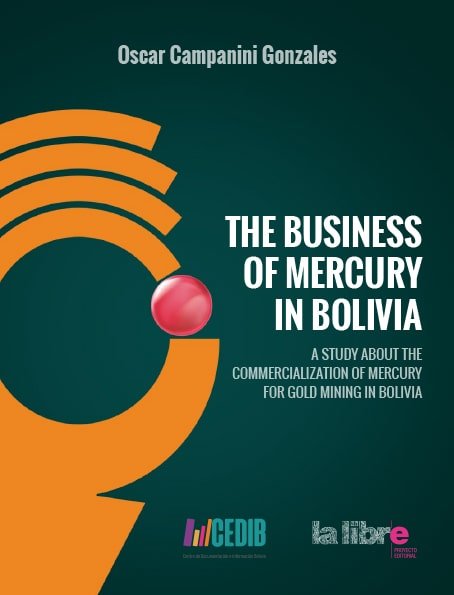Understanding Mercury Trade for Gold Mining in Bolivia: A Comprehensive Study
This study aims to shed light on the commercialization of mercury for gold mining in Bolivia, exploring its connections with regional trade networks. As part of a broader research initiative under the SRJS Mercury Governance program by the International Union for Conservation of Nature Netherlands (IUCN NL), this investigation is conducted in collaboration with the Centro de Documentacion e Información Boliviano (CEDIB).
Focus of the Research
The core focus of this research is the trading of mercury used in gold mining, the primary application of mercury in Bolivia. This activity is a significant contributor to mercury emissions in the country, as noted by the Ministry of Environment and Water in 2017. Despite its importance, there has been a lack of comprehensive studies on mercury trading in Bolivia, making this research foundational for a deeper understanding of the issue at a national level.
Objectives and Impact
The study is crucial for several key stakeholders:
- National Action Plan (Plan de Acción Nacional): This research supports the development of Bolivia’s National Action Plan in alignment with the Minamata Convention, aimed at addressing mercury-related challenges.
- Gold Cooperatives and Local Communities: Members of gold cooperatives and their communities, who are primary users of mercury and thus directly affected by its impacts, will benefit from the insights provided by this study.
- Riverbank Communities: Communities along riverbanks, who are indirectly affected by mercury pollution despite not engaging in alluvial gold mining, will also gain from a better understanding of the issue.
- General Population: The broader Bolivian population will benefit from the study’s findings, which aim to enhance awareness and inform policies regarding mercury use and its environmental impacts.
Study Structure
- Gold Mining Areas and Mercury Use: The first part of the study provides an overview of the main gold mining regions in Bolivia and their use of mercury.
- Mercury Import Data: The second section highlights the significance and import statistics of mercury in Bolivia.
- Regulatory Framework: The final chapter outlines the existing regulatory and institutional framework governing mercury in the country.
By addressing these areas, the research will offer valuable insights into the mercury trade and its broader implications, helping to guide future actions and policies for better mercury management in Bolivia.
Also available in Spanish. You find the book at La Libre: lalibre.libreriasocial@gmail.com
